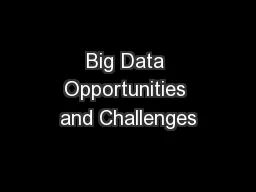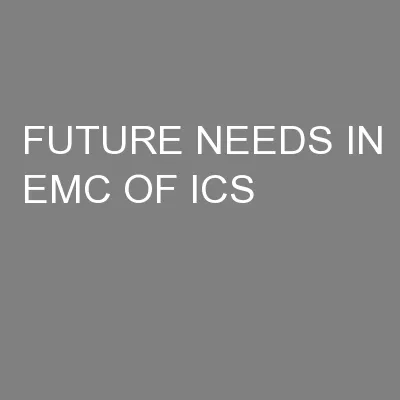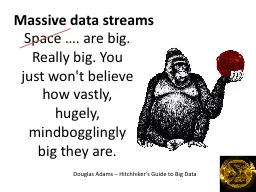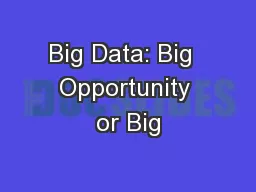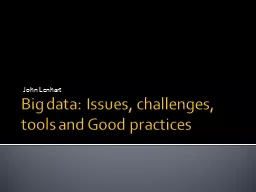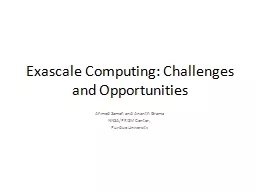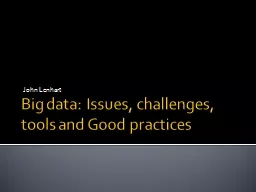PPT-Big Data Opportunities and Challenges
Author : olivia-moreira | Published Date : 2016-04-26
in Human Disease Genetics amp Genomics Manolis Kellis MIT Computer Science amp Artificial Intelligence Laboratory Broad Institute of MIT and Harvard Big data Opportunities
Presentation Embed Code
Download Presentation
Download Presentation The PPT/PDF document "Big Data Opportunities and Challenges" is the property of its rightful owner. Permission is granted to download and print the materials on this website for personal, non-commercial use only, and to display it on your personal computer provided you do not modify the materials and that you retain all copyright notices contained in the materials. By downloading content from our website, you accept the terms of this agreement.
Big Data Opportunities and Challenges: Transcript
Download Rules Of Document
"Big Data Opportunities and Challenges"The content belongs to its owner. You may download and print it for personal use, without modification, and keep all copyright notices. By downloading, you agree to these terms.
Related Documents

